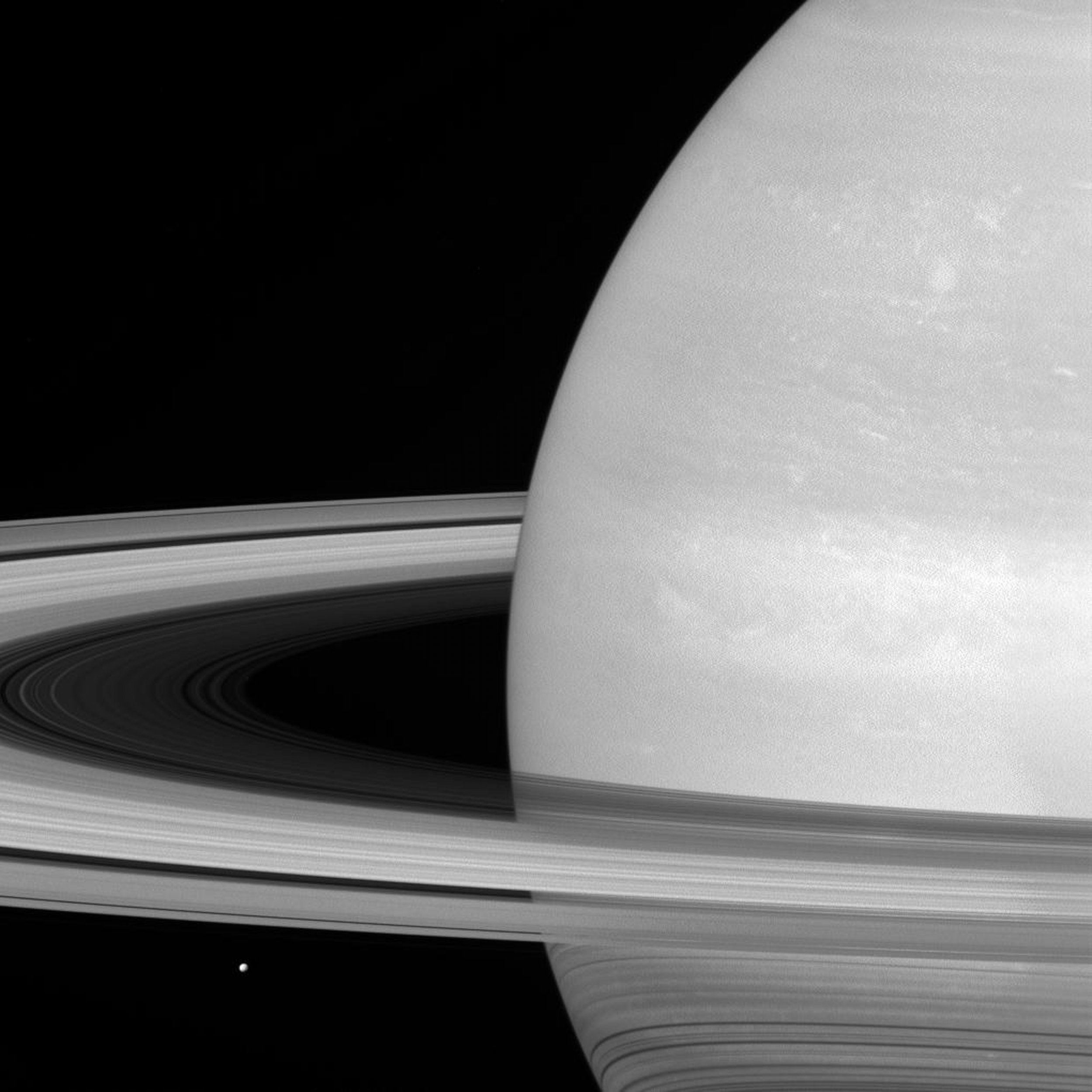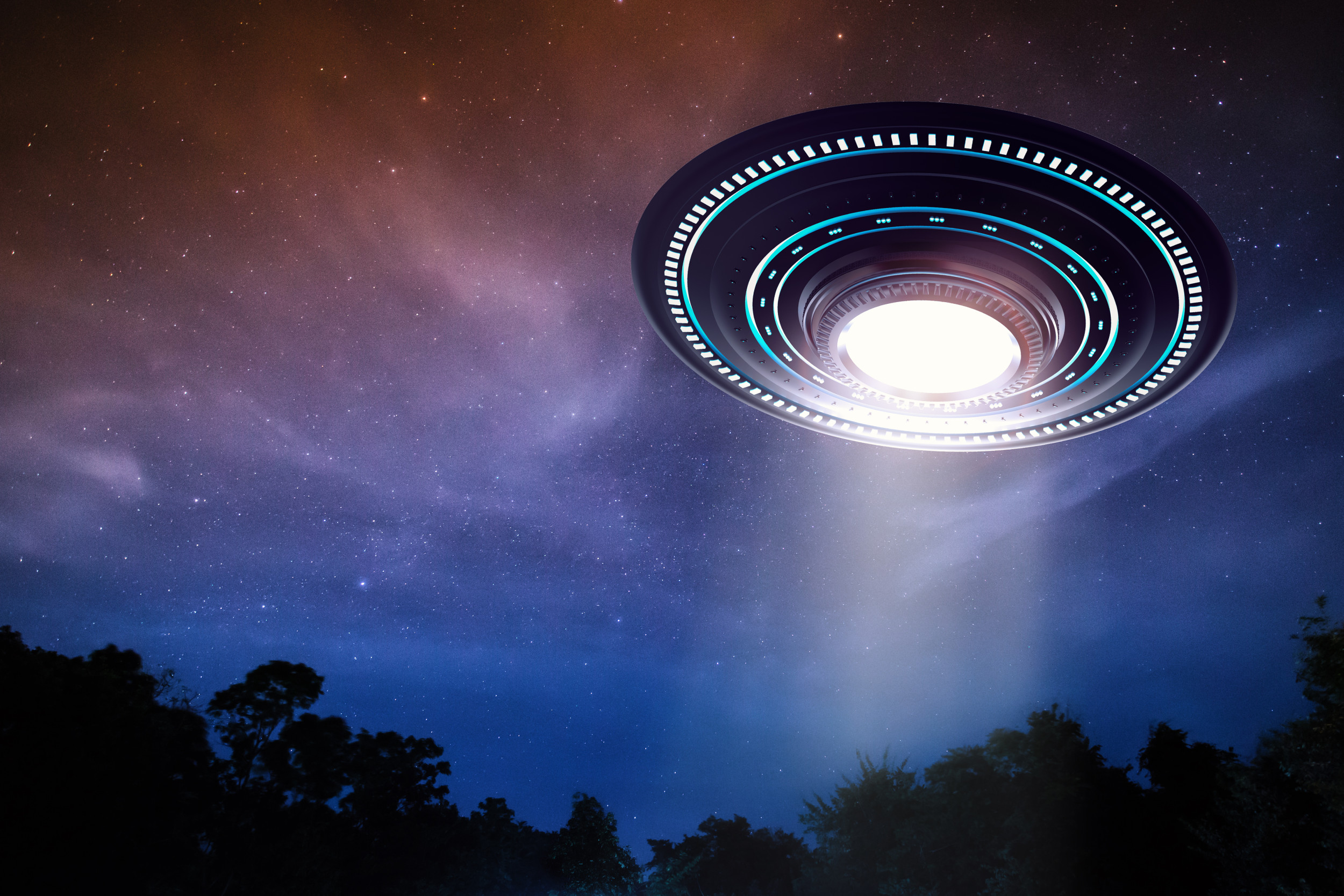
Updated | NASA's Cassini spacecraft is entering its death throes, but the 20-year-old mission is going out with a bang.
Cassini has been orbiting Saturn for the past 13 years, providing astronomers with unprecedented insight into the sixth planet from the Sun in the solar system. This now includes an inside-out view of Saturn's rings from the 1,500-mile-wide space between the rings and the planet itself, into which no spacecraft had previously ventured.
The spacecraft captured 21 images in four minutes during an August 20 dive between the planet and its rings, NASA said as it released a movie sequence of the images Friday.
Astronomers usually count eight main ring groups, designated with the letters A-G, surrounding Saturn. The rings are composed largely of ice and rocky particles of varying sizes, a few of which are as big as mountains. The rings are around 3,200 feet thick and span up to 175,000 miles, around three quarters of the distance between Earth and the moon, according to NASA.
"The entirety of the main rings can be seen here, but due to the low viewing angle, the rings appear extremely foreshortened," said NASA of the movie sequence.

"The perspective shifts from the sunlit side of the rings to the unlit side, where sunlight filters through. On the sunlit side, the grayish C ring looks larger in the foreground because it is closer; beyond it is the bright B ring and slightly less-bright A ring, with the Cassini Division between them. The F ring is also fairly easy to make out," said NASA. The Cassini Division is the largest of several gaps between Saturn's rings and measures around 2,920 miles wide.
Read more: Cassini spacecraft delivers biggest revelation yet: A moon of Saturn is habitable
Cassini is currently nearing the conclusion of its so-called grand finale, a series of 22 orbits entering an unexplored region of Saturn's system. The grand finale aims to shed light on long-unanswered questions—such as the length of a Saturn day—and sample Saturn's upper atmosphere.
The $3.2 billion mission is running low on fuel and will end on September 15, when Cassini will plunge into Saturn's atmosphere and burn up.
A combined mission between NASA, the European Space Agency and the Italian Space Agency, Cassini has made multiple significant discoveries during its mission. In April, the spacecraft showed that the ocean of Enceladus, an icy moon of Saturn, is releasing hydrogen. Since hydrogen is an energy source for some microorganisms, the discovery means that Enceladus is a prime candidate to look for signs of life elsewhere in the solar system.
This article has been updated with additional information.
Uncommon Knowledge
Newsweek is committed to challenging conventional wisdom and finding connections in the search for common ground.
Newsweek is committed to challenging conventional wisdom and finding connections in the search for common ground.
About the writer
Conor is a staff writer for Newsweek covering Africa, with a focus on Nigeria, security and conflict.
To read how Newsweek uses AI as a newsroom tool, Click here.








